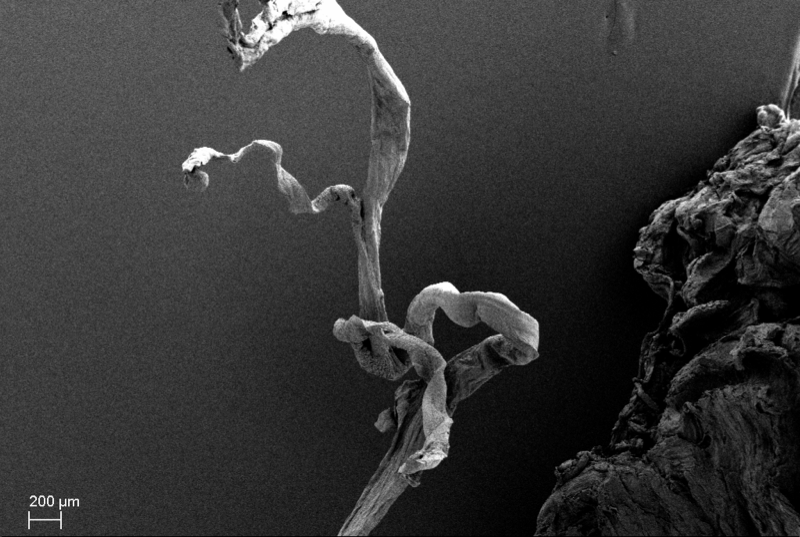Irish Researchers ‘Pull On Heart Strings’ In World-First Study To Test Durability of Cardiac Tendons
Posted on: 13 October 2015
AMBER (the Advanced Materials and BioEngineering Research Centre), the Science Foundation Ireland funded materials science centre based at Trinity College Dublin, has announced that Professor Bruce Murphy and Gillian Gunning are the first researchers in the world to "pull on heart strings" to measure the fatigue strength of chordae tendineae – cord-like tendons in the heart.
Their research has been successful in measuring the length of time for which chordae tendinae can endure repeated stress, before rupturing. These results will not only help in understanding the life span of chordae tendinae, but will help the scientific community to understand further the impact of both disease and age on the heart. This research was recently published in the leading scientific journal Acta Biomaterialia.*
Chordae tendineae are contained within the mitral valve, which lies between the left atrium and left ventricle (chambers) of the heart and allows normal blood flow. AMBER’s research analysed the rupture of these chordae tendineae which is one of the primary causes of, among other heart conditions, severe mitral regurgitation (MR) or ‘leaking valves’. Severe MR can cause symptoms such as shortness of breath, tiredness, dizziness and chest pain, and it can lead to pulmonary hypertension and even heart failure. AMBER’s research tested the amount of stress the chordae tendineae could endure before rupturing, and could lead to options to help prevent severe MR in the future.
Professor Bruce Murphy, Investigator at AMBER and Deputy Director of the Trinity Centre for Bioengineering, said: “Heart disease is one of the most prevalent conditions in Ireland, with approximately 1 in 4 people dying from heart attack or stroke each year**. Our research investigates the amount of stress heart tendons – or chordae tendinae – can endure and for how long, prior to rupture, which can lead to a number of conditions. This is known, in engineering terms, as fatigue strength and is useful for measuring how quickly something that endures repeated stress, will fail. These results are important because although there are predictor scales or models correlating stress levels with specific diseases, we have to date been missing the link relating those stress levels to the time before rupture occurs. With our study we have completed this missing link.”
The next stage of this research will be to measure the fatigue strength of different types of chords – natural (porcine) or mechanical – to determine which is more suitable for heart valve transplants in the future.
Gillian Gunning, PhD candidate at AMBER and the Trinity Centre for Bioengineering, said: “The next stage of our research will look at the differences between different types of mitral valves used in transplants. Usually either porcine (from a pig) or mechanical (an artificial valve) valves would be used for transplants. As part of this research we were testing the chordae tendinae of a pig’s heart. Porcine mitral valves are often used for transplants, however, compared to transplanted mechanical valves, porcine valves degrade quickly. The next stage of our research will be to measure the fatigue strength of the chords in a range of treated porcine mitral valves that are used or being considered for use in transplants. This could potentially help determine the best options for mitral valve transplants.”
This research was funded by the Graduate Research Education Programme in Engineering (GREP-Eng), a PRTLI Cycle 5 funded programme. PRTLI is 50% co-funded under the European Regional Development Fund.

* The full paper, “Characterisation of the fatigue life, dynamic creep and modes of damage accumulation within mitral valve chordae tendineae” can be accessed at http://www.sciencedirect.com/science/article/pii/S1742706115002810
**Research from the Irish Heart Foundation
